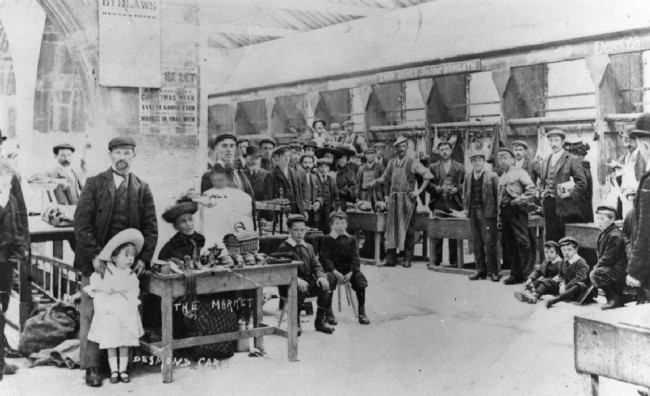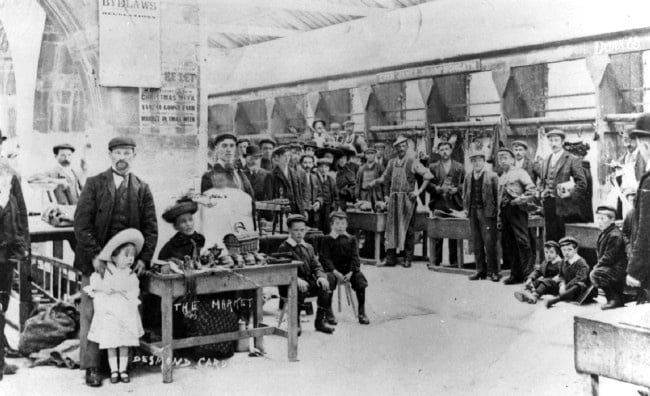WORK has begun on a £2.7m restoration project in a bid to “secure the future” of Cardigan’s Heritage Market Hall.
The funding will cover structural repairs and urgent remedial works, along with work to “maintain and enhance the heritage features of this unique market building.”
The latest phase of work, headed by Cardigan Building Preservation Trust, follows the Trust’s major restoration of the Guildhall, Corn Exchange and Courtyard a decade ago.

Works at the Market Hall will include major repairs to the roof and walls to address severe water incursion, installation of a heating system together with solar panels, and upgrading of the electrical system.
A completely new entrance block at the rear will improve access direct from the car park to both market floors and the High Street, and include a lift and public toilets. Market stalls will also be upgraded and renewed, improving facilities for traders as well as the local community and visitors.
The Trust said that current traders’ jobs will be safeguarded and trading opportunities provided for new businesses.
Within the renovated building, the story of the Market Hall’s heritage will also be told, highlighting the “unique architecture and rich social history of the building”.
The building has operated as a market since its opening in 1860.

Work has started on both the Lower and Upper Market levels.
Scaffolding has been erected both internally and externally in readiness for re-roofing, re-glazing and addressing structural problems.
On the lower ground floor, slate flags are being lifted ready for storage, so that under floor heating can be installed and pipe work upgraded. The flags that are in a suitable condition will be re-laid on the aisles between the stalls.
Trustee Lindsay Sheen said: “The project will restore and improve the whole building, while preserving its unique architectural heritage and ultimately, once the work is done, the building will also have true economic and social sustainability.”





Comments
This article has no comments yet. Be the first to leave a comment.